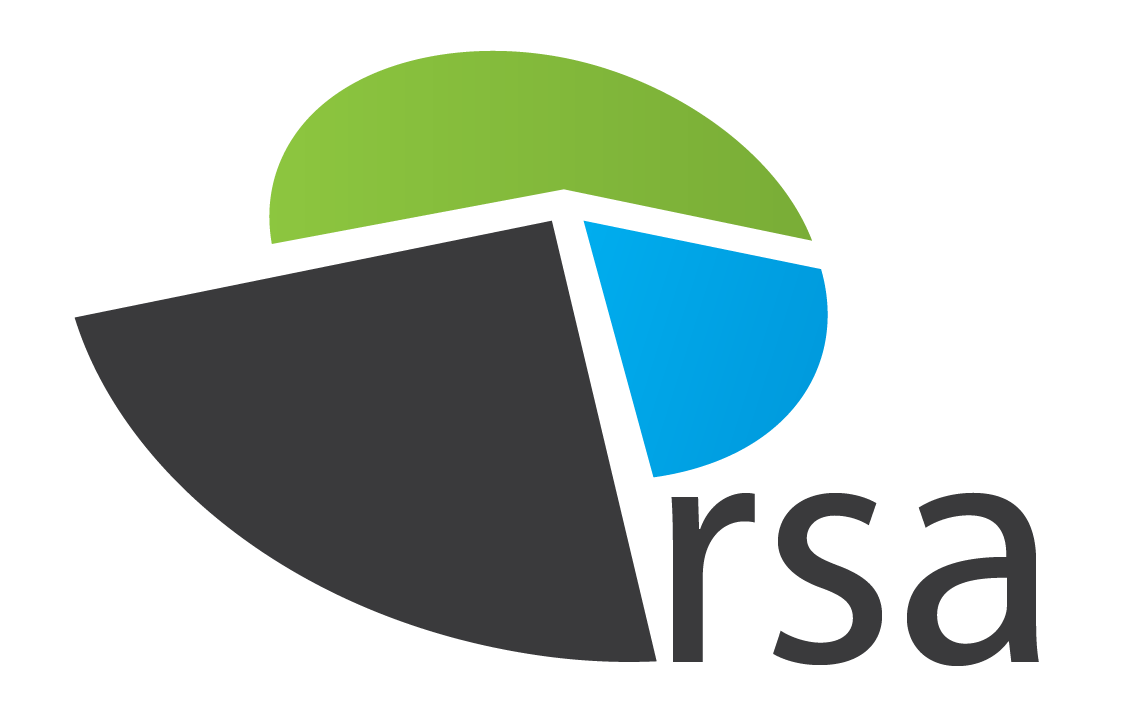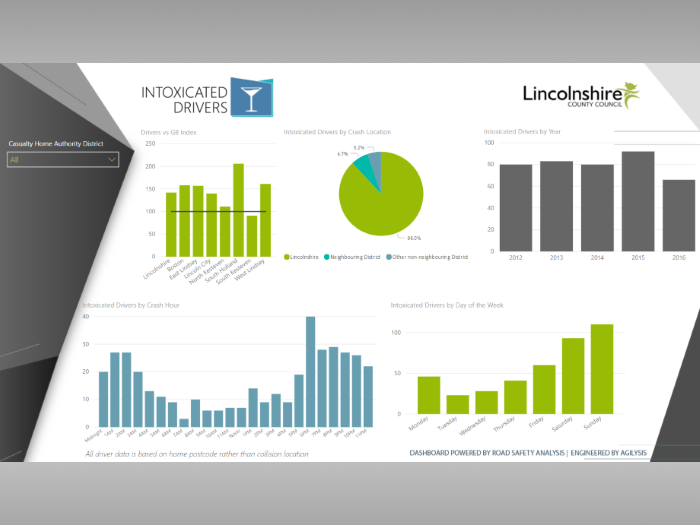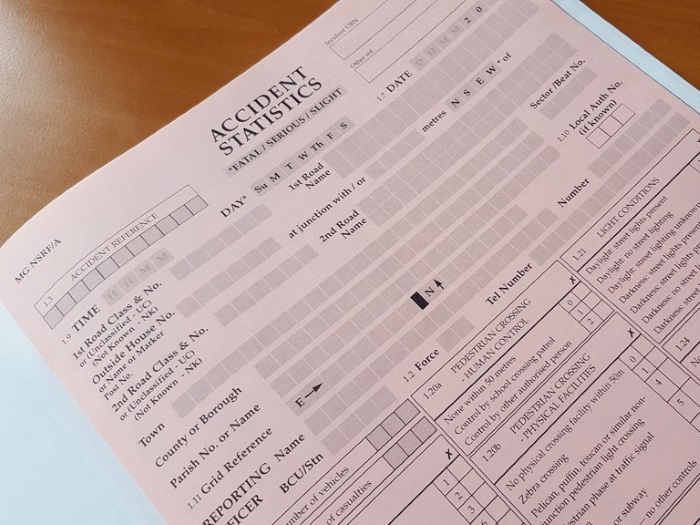
Major Enhancements in MAST 2011
September 6, 2011
RSA Highlight Opportunity to Parliamentary Committee
November 14, 2011New Mosaic – Changes Explained
The 2011 update of MAST Online has brought with it something of a revolution in the customer insight data that it delivers for users. With this year’s annual update we have brought forward two new features that should enable you to take your analysis of road user risk even further providing more up to date and accurate profiles of your target groups
New Mosaic
With the latest release we have integrated ‘New’ Mosaic Public Sector; a complete redesign of the Mosaic classification system that seeks to reflect some of the radical changes in British society over recent years. New Mosaic has been designed to more responsive to some of the emerging issues that are reshaping society now and will continue to do so for years to come:
Population – the population is changing with a particular shift in the age profile of the population, but also in lifestyle choices and mobility across the generations.
Diversity – population migration can have a significant impact on a place for a range of reasons; understanding the impact of increased diversity in a locality in relation to road risk is very important for practitioners.
Networked Society – expansion of access to internet technologies is changing relationships between individuals and the organisations that serve them; our industry needs to be responsive to these changes in order to communicate in an increasingly networked society.
Economic change- economic conditions influence mobility, social integration, educational expectations, local community priorities, security and transport choice.
Geographic Trends – regional variation is likely to be an area of increased scrutiny where exogenous geographic trends such as employment, economic growth, types of industry and connectivity could be impacting on the transport network and reflected in road risk.
To support this Experian say that they have focussed on four areas in the development of new Mosaic:
- 1. Understanding key changes in society
- 2. Optimising the data
- 3. Clustering
- 4. Interpretation & validation
Underpinning Mosaic are billions of data items about nearly 25 million households and over 48 million adults. This data, extracted from both public and commercial sources, provides information on geographic, demographic, economic, onomastic and lifestyle attributes reflected in society. The new classification has introduced a better age model, identified new family structures, reflected a more detailed understanding of ethnicity and transience and improved the quality of residential property and indebtedness data.
Mosaic now includes 441 data items selected for every person, household, postcode and Output Area in the UK; 62% is person, household or postcode level 38% is Census Output Area or above. These data sets and differing geographies are then clustered so that the classification can be meaningful when viewed at different levels.
To check that all of this work adds up to meaningful descriptions of communities, the data is rounded out with survey data on issues such as products, attitudes, technology and media, leisure, meanwhile street level work was undertaken to facilitate the renewed association of neighbourhoods to their respective Mosaic classification.
All of this work has led to a number of neighbourhoods being much more tightly defined than in the previous version, particularly where they are communities of the very wealthy, reflect an older age population, are ethnically diverse, have seen redeployment of housing stock or are on the rural margins of Britain.
Remember: Neighbourhood matters!As Professor Richard Webber points out, Neighbourhood matters for a variety of reasons:
- Neighbourhoods self-select people who will find it easy to fit in
- Neighbourhoods influence what is felt to be acceptable behaviours among their residents
- Neighbourhoods provide different opportunities for spending time and money
- Neighbourhood reflect the importance of “taste” & “symbols” of success
So Neighbourhood becomes an extremely good way of identifying groups of people who share values, lifestyle choices and personal characteristics. This knowledge allows road safety professionals to identify neighbourhoods with a particular risk profile and target messages and interventions that reflect the aspirations and values of the residents in seeking to nudge their behaviour.
The effect of the work that has been undertaken with the data is that New Mosaic has expanded the number of groups from 11 to 15 and the number of types from 61 to 69, every one of which you can read about in the Wiki.
New Pen PortraitsThe second major change that we have introduced to reflect the inclusion of New Mosaic is the inclusion of bespoke portraiture. With the previous version of Mosaic, the pen portraits that accompanied each group and type were very broad as they sought to provide background for a wide range of public service delivery providers.
In order to increase the clarity and focus of the pen portraits we commissioned a bespoke set that include data sets were not previously available to MAST users.
Whilst an overview of key features, rankings and regional distribution are retained other data variables come to the fore. Cars per household, travel to work, experience of speeding traffic and dangerous driving in the community appear alongside the all-important communications preferences and media consumption data; including internet usage.
Why Change Now?New Mosaic was first unveiled by Experian in 2009, so you might be wondering why have we waited; why we are changing now?
Firstly, because we have been trying to build MAST with a substantial and reliable data set that utilises several years’ worth of data. As much of the road casualty data is ‘historic’ the best Mosaic classification to match it against was inevitably offered by the Mosaic classification that was in place at the time of the incidents being analysed. Not until we had a couple of years’ worth of New Mosaic data to match against did we feel confident to introduce it as the dominant classification system.
Secondly, because we have gathered a pool of users from a wide range of disciplines and areas of expertise, many of whom had little experience of either analytical or social marketing work. We wanted to allow a reasonable period for users to get familiar with the MAST approach to road user analysis and using the Mosaic classification before we launched an entirely new version on them.
Retaining ‘Old Mosaic’So New Mosaic will, we trust, bring new insights, more detailed study and more targeted interventions, but to aid the transition we have also retained the old classification system for users too.
If you want to cross check previous analysis or refer to the older version because it allows you to communicate in language that your colleagues and stakeholders are more conversant with, do not worry, it’s all still in there, just check out the wiki for he ‘How To’ information you need.



